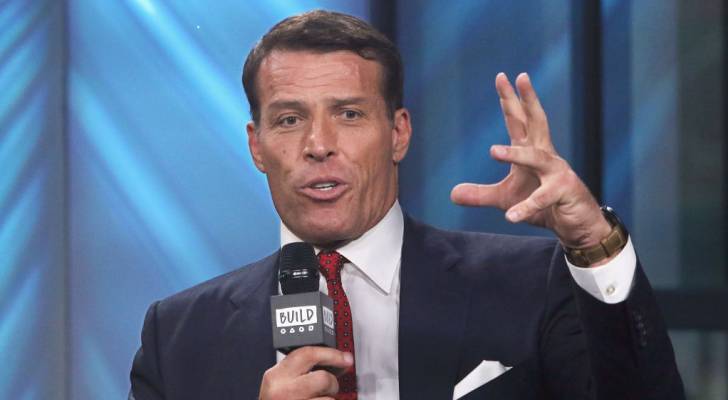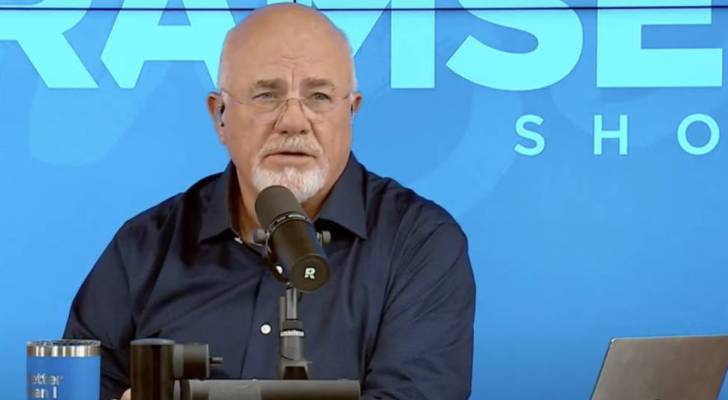‘[Stocks] are very unsafe for tomorrow’: Warren Buffett once revealed the biggest risk with the US stock market — here’s what it is and how to capitalize for big riches


We adhere to strict standards of editorial integrity to help you make decisions with confidence. Some or all links contained within this article are paid links. What’s the biggest risk investors face in the stock market? Depending on who you talk to, it could be anything from tariff uncertainty to geopolitical conflicts. It might even […]
From emergency savings to dream vacations to lifestyle inflating: 15 things you should — and shouldn’t do — in a recession


We adhere to strict standards of editorial integrity to help you make decisions with confidence. Some or all links contained within this article are paid links. When the economy takes a hit, unfortunately, so does your wallet. While the standard advice to save diligently, invest in your 401(k) and avoid unnecessary spending still applies, a […]
Millennials are the ‘biggest losers’ in US society, according to new data. Here’s why — plus key things Americans of any age can do to help build lasting financial security


We adhere to strict standards of editorial integrity to help you make decisions with confidence. Some or all links contained within this article are paid links. A quick Google search reveals that millennials are often characterized as entitled whiners who are quick to complain about their financial struggles — but it’s not a fair assessment. […]
Here’s 1 big money move that sets rich American retirees apart from other seniors — do it now to rocket up the wealth ladder


We adhere to strict standards of editorial integrity to help you make decisions with confidence. Some or all links contained within this article are paid links. What’s the secret to a wealthy retirement? It’s more than saving or investing earlier — though those help. The real game-changer, the move that separates the financially comfortable from […]
Tony Robbins issues dire warning about retirement — calls on Americans to get ‘head out of the sand’ and says Social Security isn’t enough. Here’s the ‘ultimate power’ you need now


We adhere to strict standards of editorial integrity to help you make decisions with confidence. Some or all links contained within this article are paid links. America’s Social Security program is both popular and woefully underfunded. Experts have been warning that the social safety net millions of Americans rely on is on the verge of […]
How much cash do you plan to keep on hand after you retire? Here are 3 of the biggest reasons you’ll need a substantial stash of savings in retirement


We adhere to strict standards of editorial integrity to help you make decisions with confidence. Some or all links contained within this article are paid links. During your working years, it’s important to have cash savings for unplanned expenses. These could run the gamut from home repairs to medical emergencies to a period of unemployment. […]
Warren Buffett dumped 2 US-based investments he’s told millions of Americans to buy for years — should you get rid of them too?


We adhere to strict standards of editorial integrity to help you make decisions with confidence. Some or all links contained within this article are paid links. Warren Buffett is not only one of the savviest investors of our time, but also one of the wealthiest. The Oracle of Omaha now has an estimated net worth […]
Is home ownership ‘the worst investment people can make’? Here’s what real estate guru Grant Cardone says you should do instead


We adhere to strict standards of editorial integrity to help you make decisions with confidence. Some or all links contained within this article are paid links. Homeownership has long been a cornerstone of the American dream. It symbolizes independence, financial security and prosperity — but is it a dream worth chasing? Not if you ask […]
‘You can’t outearn stupidity’: Dave Ramsey explained why teachers become millionaires so often. Here’s what we can learn from them


We adhere to strict standards of editorial integrity to help you make decisions with confidence. Some or all links contained within this article are paid links. There is some justice for school teachers, who have the dubious distinction of playing a vital role in society while earning a comparatively low annual income. That justice comes […]
36% of millionaires say it’ll ‘take a miracle’ to retire amid rising costs and a shaky market — how to get on the right track even if you don’t have $1 million in the bank


We adhere to strict standards of editorial integrity to help you make decisions with confidence. Some or all links contained within this article are paid links. If you’re planning on putting your feet up by the coast and sipping margaritas in your golden years, make sure you’ve got the funds for it. These days, even […]